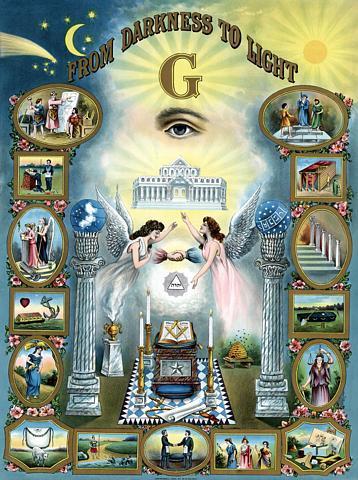 The document that freemason scholars and historians have been searching for, that establishes the exact date of the start of Freemasonry is actually not a document, but what I believe to be a book and series of events that help signify the dating of the master plans to Solomon’s Temple. The same master plans for the allegorical Solomon’s Temple that are still used by Freemasons to help build society to this very day.
The document that freemason scholars and historians have been searching for, that establishes the exact date of the start of Freemasonry is actually not a document, but what I believe to be a book and series of events that help signify the dating of the master plans to Solomon’s Temple. The same master plans for the allegorical Solomon’s Temple that are still used by Freemasons to help build society to this very day.
The book is called, De Templo or On the Temple that was written by Saint Bede (Beda, John Scotus or Hiram Abiff). Bede was a Doctor of the Catholic Church and Father of English History and he had lived during the 7th and 8th centuries. Bede’s On the Temple is the first book of its kind in history that describes the nature of Solomon’s Temple that Freemasons still utilize today in their symbols, philosophical teachings and degrees.
There is also another book that I would like to bring to your attention. However, this book had come from Rome and it was Bede’s fellow countrymen and brother in Christ, Saint Benedict Biscop, (Baducing –genealogy of the kings and princes of Lindisfari or the Kingdom of Lindsey) who had brought this magnificent book on cosmography back for the Brotherhood on one of his many trips to Rome. Cosmography then quickly became a favorite study of the Anglo-Saxon Nobles who had sought to learn these secrets imported from the East.
Here is the description on Wikipedia of Biscop;
In Benedict’s lifetime he had seen the Church change from being divided between the Roman and Celtic Churches and threatened by a resurgent paganism to becoming a strong, united and growing Roman Catholic Church, united with the worldwide church. He is recognized as a saint by the Christian Church, which holds his feast day on 12 January.
This book I believe they had discovered contained many of the secrets to nature, the universe and human evolution. For this reason, it became one of the most sought after books in the known Western World. Bede would use this book to help him write other books such as ‘On the Nature of Things’ and ‘On Times.’ Along with this secret book on cosomgraphy, on Biscop’s fifth trip to Rome he had also brought with him more spiritual books and relics such as the cross with the serpent to help decorate the churches they would have built in order to help Christianize the world that I will discuss in the next chapter.
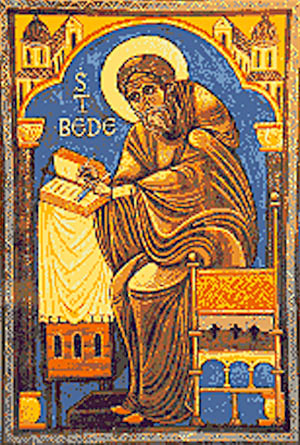 Bede and Biscop – The Grand Architects of Solomon’s Temple
Bede and Biscop – The Grand Architects of Solomon’s Temple
Bede had lived in an era in the past when the world was rapidly changing and he had often thought about the future of the Brotherhood in his, “Chair of Prophesy,” where he would regularly meditate and pray to the Lord for guidance. It was in these days where he had visions of the future where he was instructed to be the Grand Architect of a new Solomon’s Temple in which the plans for the future of this new world he had envisioned would be built.
Around the 7th and 8th centuries, Bede was involved in The New Beginning of a newly formed and united England under the banner of Jerusalem. This was a very important time in the history of the world in which many pagan tribes such as the Saxons, Angles and Picts would partially unite their Celtic Druid Church based on Eastern gnostic traditions with the Roman Church under the tribal banners of the Anglo-Saxons, Christian Brotherhood and their new religion via the Universal (Catholic) Church.
The Brotherhood had chosen the name, ‘Universal Church’ because they would incorporate many customs and religions from around the world into a new “universal religion”, in an attempt to unite peoples of all faiths and races. These new peoples would be living stones and builders of one worldwide temple; a body that is found in the allegorical story of Solomon’s Temple, that which freemasons would use to symbolize these events that help shaped the modern world.
As Bede had said;
Give thanks to God that the truth about the city of the Lord (which is the Church) is admitted even by the city’s enemies – namely, that if it be rebuilt after the captivity and the city walls be raised up from living stones. The temple which Christ built is the universal church, which he gathers into the one structure of his faith and love from all the believers throughout the world, as it were from living stones.
This grand undertaking of the unification and the merging of several tribes, kingdoms, customs, and religions would not come easy. It was at this time that the Brotherhood had decided that everything barbarian or hedonistic was an enemy to the future peace of the human race on earth, and of course those tribes who the church had claimed to be barbarians would then declare war on the church who they had seen as a threat to their own kingdoms.
Bede, along with Biscop were an integral part of this new, partially united Brotherhood. They were both the sons of Eastern and the Western cultures, and for this reason, they would be charged with the task of bringing the light to their fellow brothers during this time to further help unite and honor the Brotherhood’s in both the East and West. In order to accomplish this, they would have to establish new laws that would have to be written and that incorporated the Old Testament into a new glorious bible that we know of today as the New Testament (New Law).
In addition to the new Brotherhood, church, laws and books, they would also create a new secret order (society) under the banner of Solomon’s Temple. This would include Saint John with Apocalyptic rites in the Book of Life that would make sure that the rites of the Apostles and Saints would be honored in the end days of the Apocalypse. Without this secret order operating their lights within the shadows, there simply would of been no united England, no Church, Freemasons or Templars because the royal facts are that no king in his right mind would ever join this new Brotherhood unless they were guaranteed in writing and blood that these Anglo Saxon contracts with the church would be honored.
This secret order, along with Bede’s book, De Templo or On the Temple and a new bible via the New Testament would be established to ensure that secrets were kept and heavenly oaths honored by the church, which they had known right from the beginning that they would have to carefully watch.
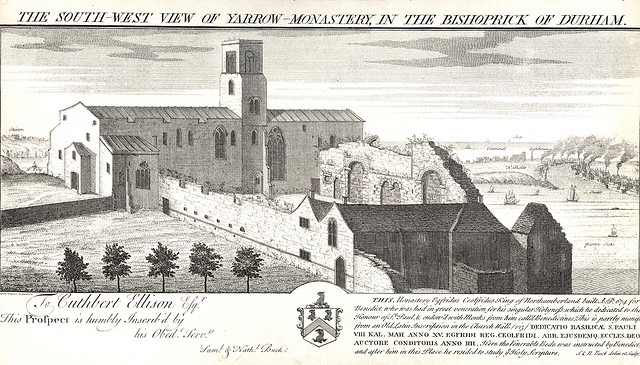 In was in England, on the south bank of the River Tyne to the east of Gateshead at Jarrow where the first buildings would be built by the new brotherhood and Merovingian stone masons. They would be known as the first churches to be built to both Saint Peter and Saint Paul.These two churches were symbolic of this unification of the East and West that Bede descibes below;
In was in England, on the south bank of the River Tyne to the east of Gateshead at Jarrow where the first buildings would be built by the new brotherhood and Merovingian stone masons. They would be known as the first churches to be built to both Saint Peter and Saint Paul.These two churches were symbolic of this unification of the East and West that Bede descibes below;
THE BODY (CHURCH) that the same concord and unity should exist for ever between the two; so that, for instance, as the body cannot be separated from the head (GOD), nor the head forget the body by which it lives, in the same manner no man should ever try to divide these two monasteries, which had been united under the names of the first of the Apostles.
Bede had worked with Biscop on the plans in which Bede had strongly advised to have more Christian priests in every town and that the lords prayer be in their native languages. The two would work feverishly the rest of their lives to draw up the new blue prints for a world-wide Solomon’s Temple in which the Brotherhood would incorporate not only nobles or royal blood, but worthy outsiders such as craftsman as well.
This would also be the exact time when the stone masons (freemasons) had also entered into the Brotherhood since there would be a 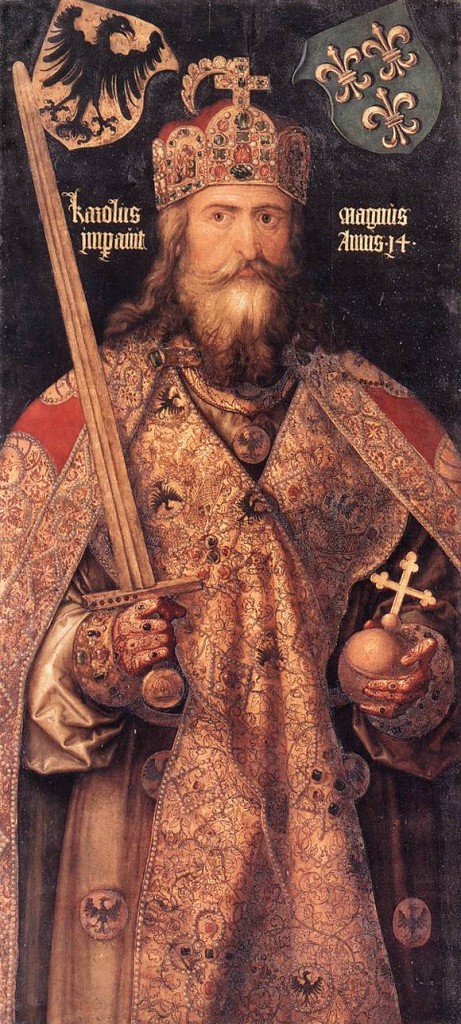 tremendous amount of churches that needed to be built. This fact can be substantiated by several sources that list Saint Benedict Biscop as the first person in history to bring French stone masons with him back to England on one of his trips to Gaul.
tremendous amount of churches that needed to be built. This fact can be substantiated by several sources that list Saint Benedict Biscop as the first person in history to bring French stone masons with him back to England on one of his trips to Gaul.
This event would then connect these French stone masons with the beginnings of the New Church under the New Testament in the time of Bede and Biscop, who happened to reside in the area near York which would of course explain the origins of Freemasonry taking place in York.
King of Wessex, Egbert (also spelled Ecgberht, Ecgbert or Ecgbriht; 769 or 771 – 839) who was also known as as a bretwalda, or “Ruler of Britain” was actually a student of Bede and later became Archbishop of York. In addition, it is said that Alcuin had also trained under Bede at the school of York, and then went to work for Charlemagne which would then connect them all as working together as “The Grand Architects of Solomon’s Temple.”
The Brotherhood would need man power and the past royals in fighting and disloyalty had proven to them that they couldn’t always trust nobility or count on royal blood for help. In addition, they needed a lot of man power to carry out the new blue prints for the newly formed and united Church. For this reason, various alliances would be made and often it would be with outside, non-royal blood.
These craftsmen that were known as stone masons are known today as operative freemasons. Back then they were not known as Bros, but simply known as Wurdon feolagan and wedbrodra or Wed Broders (became fellows and pledge-brothers or Brother of Woden).
- Aethelbald and Offa: two eighth-century kings of Mercia made 7 wurdon feolagan 7 wedbrodra’ (‘the two kings came together at Ola’s Island near Deerhurst. and they became partners and pledged brothers’)
- King Oswy, in 656 is spoken of as a web broder of Mercian King Wulfhere
- Anglo Saxon Chronicle of the Traey between Knutr and Edmunds become Feolagan Wed Brodra (feolagan and pledge brothers)
- Hengits (Of hengist and horsa) calls Ebissa the Wed Broder of his son Oeta
- In the Laud Manuscript of King Horn which was written in 1300, Ayol (Athulf) is called Horn’s “wed broedr”
- In the shipmans Tales where he says of the merchant of st dennis and the monk, the broper hedge of Arthur’s court to which is made sir gawayne and the green night
- In Shakespeare in Richard II the king says, I am sworn brother, sweet, to grim necessity and he and i will keep a league till death
- Anglo-Saxon Chronicle sa 1016 reports that kings Eadmund and Cnut met near Deerhurst and wurdon fiolagan ond wedbrodra “became felagar and sworn brothers”
In the time of Charlemagne, these wedbrodras and freemasons worked right along side the priests in building many churches, monasteries and communities throughout England, France, and in Germany. They would later be labeled free-masons because they were granted with the rights to pass and repass from town to town freely without restriction due to their affiliations with the church and secret Brotherhood. With the help of Bede, Biscop, Charlemagne and the church, soon these French Freemasons had spread the light of their craft to fellow Brethren in most every Western Country in the modern world, including the United States of America.
READ THE NEXT CHAPTER: Origins of Freemasonry: The Church Hires Merovingian Stone Masons

Moe is the founder of GnosticWarrior.com. He is a father, husband, author, martial arts black belt, and an expert in Gnosticism, the occult, and esotericism.

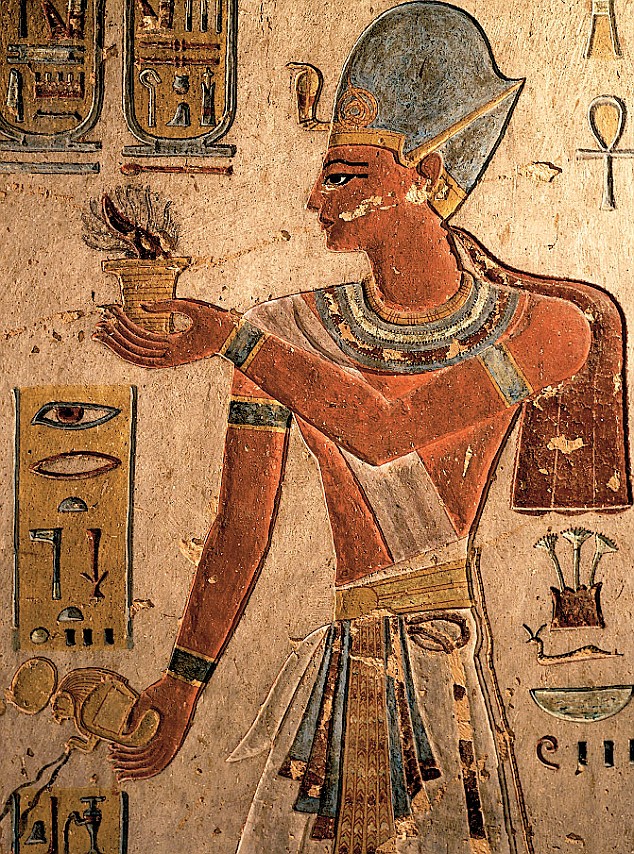

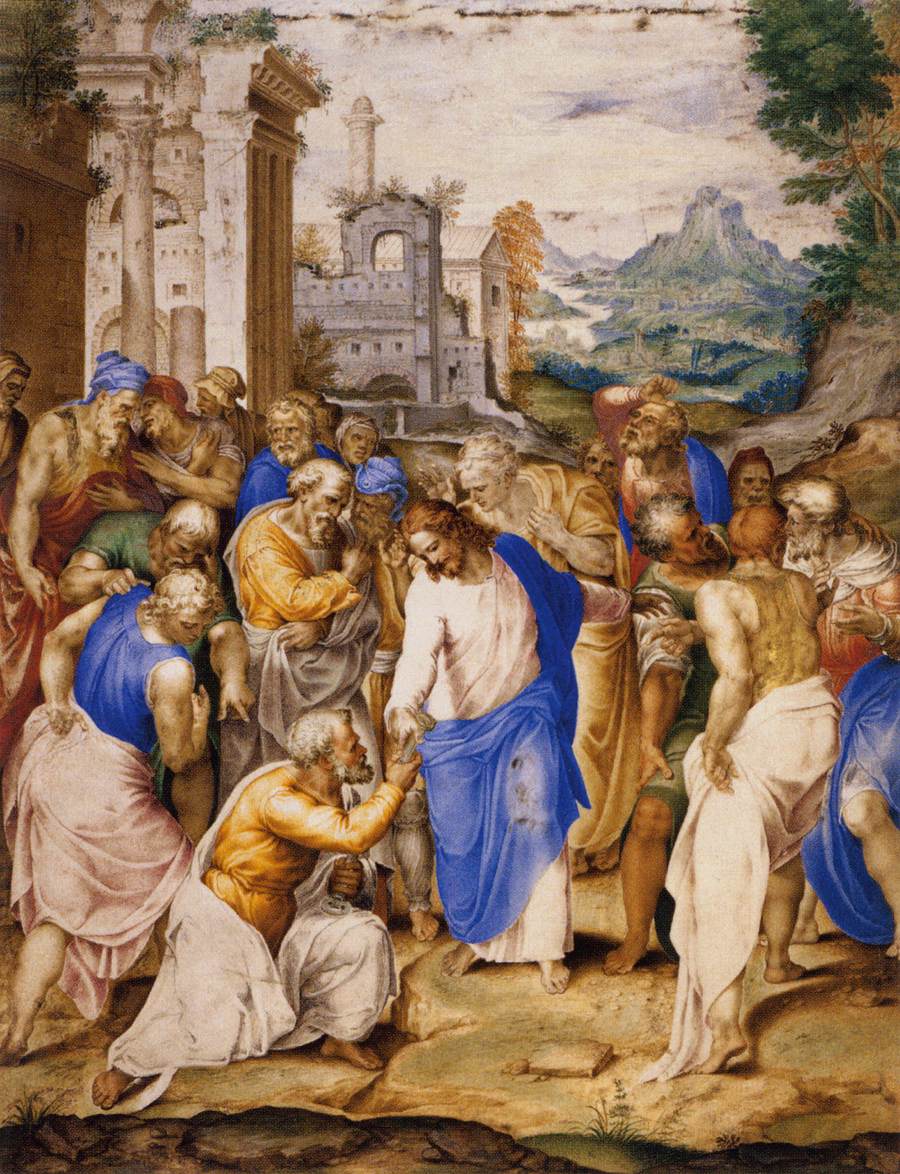
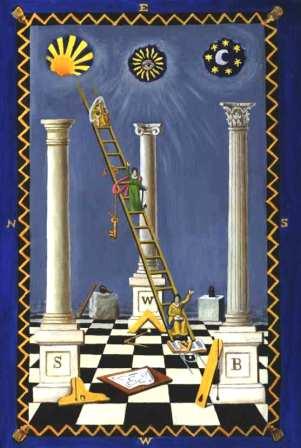
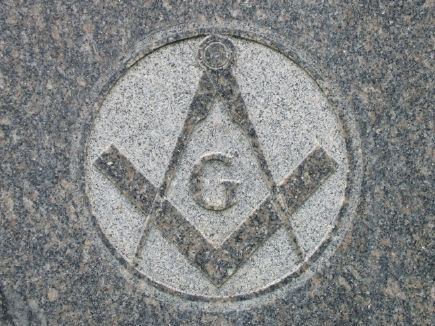
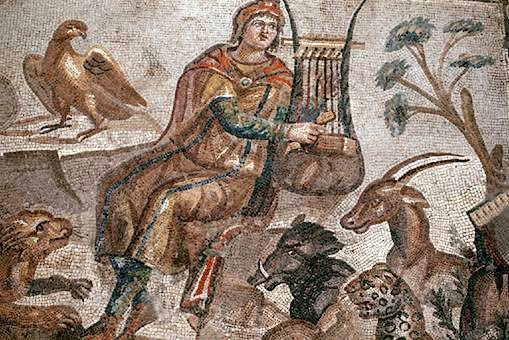
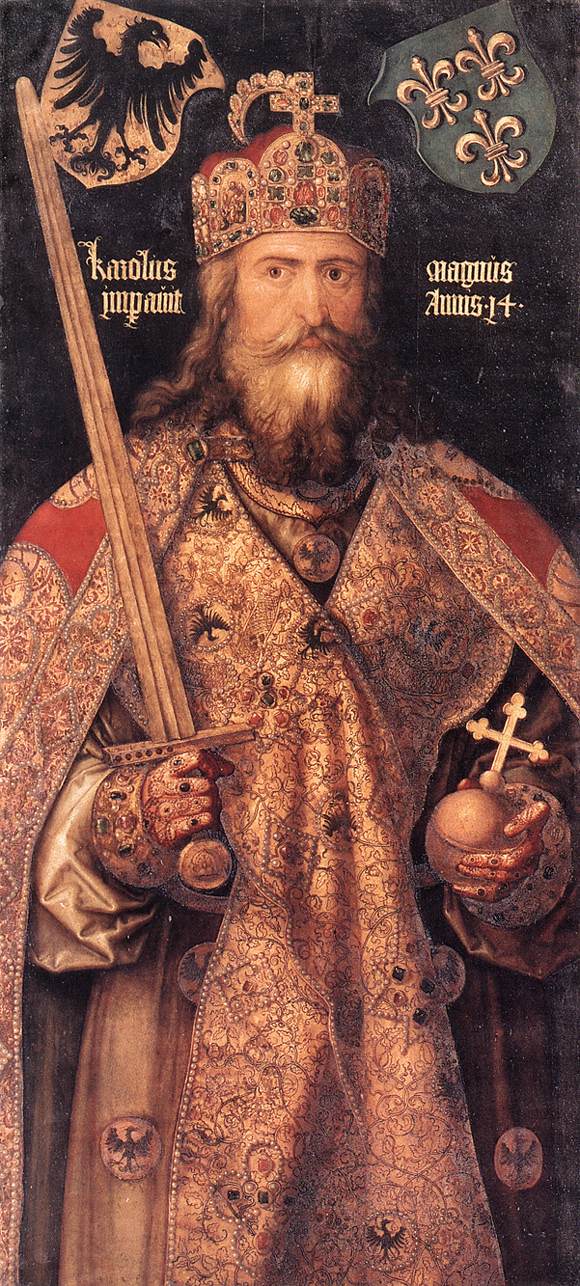
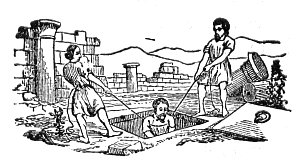
hi,im from albania and i hav a kouestions.wear digging in mi propaty and found a 6 point star [ston]ander ground about 3 metres toll in north-soud geografic pozition .if you can tellmy eczactally uot wehav found.thank you.